Building a high-performance team requires a combination of practical strategies and a mindset that fosters creativity, collaboration, and innovation. According to studies by Harvard, MIT, and Stanford, building a high-performance team involves several factors that contribute to team success.
Swami Vivekananda emphasized the importance of teamwork when he said, “In a conflict between the heart and the brain, follow your heart.”
Swami Vivekananda
This means that team members should be encouraged to follow their instincts and intuition while collaborating with others. By doing so, team members can make the most of their unique strengths and create something greater than the sum of their parts.
American Philosopher Allan Watts spoke about the importance of collaboration when he said, “No one is an island, entire of itself.”
Allan Watts
This means that team members should work together, support each other, and share their knowledge and expertise to achieve common goals.
According to Harvard research, setting clear goals is essential to building high-performance teams. Teams that have specific, measurable, and challenging goals are more likely to achieve success than those without them. Additionally, goals should be aligned with the organization’s overall vision and mission.
MIT research has shown that collaboration is essential to building high-performance teams. Teams that have a culture of collaboration tend to be more innovative, adaptable, and effective. Leaders can encourage collaboration by promoting open communication, active listening, and mutual respect.
Harvard Business School research has found that trust is essential to building high-performance teams. Teams with high levels of trust tend to perform better than those with low levels of trust. Leaders can build trust by creating a safe and inclusive work environment where team members feel comfortable sharing their thoughts and ideas.
Stanford studies have shown that effective leadership is crucial to building high-performance teams. Leaders who set a clear vision, provide direction, and support their team members tend to have more successful teams. Additionally, leaders who lead by example and model the behaviour they expect from their team members tend to be more effective.
Harvard Business Review research has found that diversity is essential to building high-performance teams. Teams that have diverse backgrounds and perspectives tend to be more innovative, adaptable, and effective. Leaders can promote diversity by recruiting individuals from different backgrounds and cultures and creating an inclusive work environment.
In conclusion, building a high-performance team requires a combination of practical strategies and a mindset that fosters creativity, collaboration, and innovation. Swami Vivekananda and Allan Watts offer valuable insights into the importance of self-awareness, teamwork, and collaboration in building successful teams. By incorporating these insights and strategies from Harvard, MIT, and Stanford into team building, leaders can create a team that is productive, efficient, and able to achieve its goals.
According to a Harvard Business Review article, building a high-performance team involves three key factors: collective intelligence, cooperative norms, and aligned motivation.
1. Collective Intelligence:
Collective intelligence refers to the ability of a team to solve complex problems and make effective decisions. This requires a diverse set of perspectives, experiences, and expertise within the team. It’s essential to build a team with individuals who have different backgrounds and skills to bring unique ideas to the table.
To build a high-performance team with collective intelligence, organizations can use assessments and simulations to evaluate the team’s cognitive abilities and identify areas for improvement. Additionally, leaders can encourage open communication and active listening, which can help team members understand each other’s perspectives and ideas.
2. Cooperative Norms
Cooperative norms refer to the way team members interact with each other. Building cooperative norms involves establishing trust, respect, and effective communication. A study by the Harvard Business School found that teams with high levels of trust outperform those with low levels of trust.
To build a high-performance team with cooperative norms, leaders can encourage team members to participate in team-building activities and establish clear expectations and goals for the team. Additionally, leaders can create an environment where team members feel comfortable sharing their thoughts and opinions without fear of judgment.

